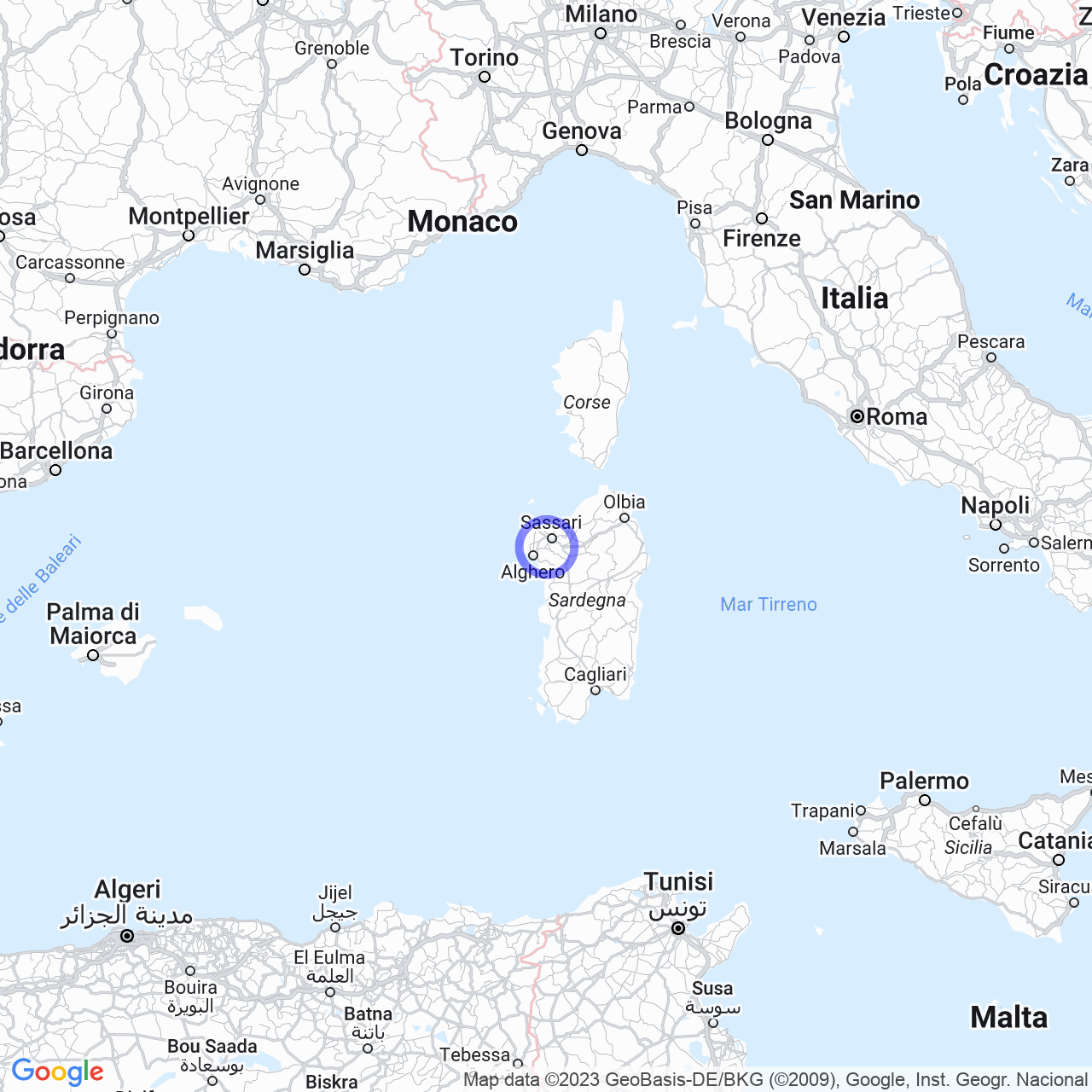Uri
Welcome to Uri: a small municipality in Sardinia
Hello everyone! Today we are talking about Uri, an Italian municipality in the province of Sassari in Sardinia. With its 2,835 inhabitants, Uri is a small village that houses many natural and architectural beauties. Below you will find all the information you need to get to know Uri and its traditions.
Physical geography
Uri is located in the north-western part of Sardinia, at 150 meters above sea level. Its privileged position makes it a strategic point for those who want to visit the area between Sassari and Alghero. In fact, it is about 13 km from Sassari and 18 km from Alghero.

Economy
Uri is a town famous for its wines. These are produced with native grapes such as Vermentino, Malvasia and Cannonau. Thanks to its wineries and vineyards, the town offers visitors the opportunity to taste high quality local wines.
History
The first traces of human presence in the Uri area date back to the Nuragic age, from 1700 BC to the 2nd century AD. In the center of the village, you can still admire the Nuragic complex of Santa Caterina as evidence of this historical period. The center continued to be inhabited even during Roman times.
With the decline of the Empire, Sardinia and the Uri territory were subject to continuous barbarian raids for several centuries. Vandals, Ostrogoths and Arabs invaded the area. Later, four independent kingdoms were established, the Giudicati of: Torres, Arborea, Cagliari and Gallura. Uri was part of the Torres giudicato.
The first documentary source that testifies to the existence of the village of Uri is contained in the Condaghes.
Following the schism of 1054 between the Catholic Church and the Church of Byzantium, there was a diocesan reorganization and Uri became part of the Diocese of Sassari.
Symbols of Uri
The coat of arms and the banner of the municipality of Uri were granted by decree of the President of the Republic on January 8, 1997. The coat of arms is inspired by that of the ancient abbey of Our Lady of Paulis, founded by Cistercian monks in 1205 along the road from Uri to Ittiri and also known as Our Lady of the Marshes, already disappeared in the fifteenth century during the Aragonese conquest. The banner is a split flag of yellow and red.
Monuments and places of interest
In Uri you can find several religious and civil architectures of considerable interest. Among these are:
Religious architectures
The Church of Our Lady of Patience, dating back to the 16th century, is an excellent example of Sardinian religious architecture. You can admire the large gable facade with a round arch portal.
The Church of Santa Croce, built in the 12th century, is another important example of religious architecture in the town.
In the new Church of Santa Maria di Paulis, consecrated in 1995, you can admire a wonderful dome that dominates the surrounding countryside.
Civil architectures
The Funtana Manna, dating back to the 18th century, is another important attraction of the town. Renovated in the nineties, it has been rebuilt according to the original style.
The ancient wash-house ''Su Trogliu'' is another testimony of Sardinian architecture of the past. Built in 1910, it was recently restored and still retains its original appearance.
The public schools ''Iscola Etza'', dating back to 1913, are another important testimony of the town's civil architecture.
Finally, the Cuga Dam is a beautiful example of hydraulic architecture.
Conclusion
We hope that this brief summary has intrigued you about Uri, a small municipality in Sardinia. If you have the opportunity to visit it, you can discover its millennial history, taste its famous wines and admire its natural and architectural beauties. We wish you a good visit to Uri!
